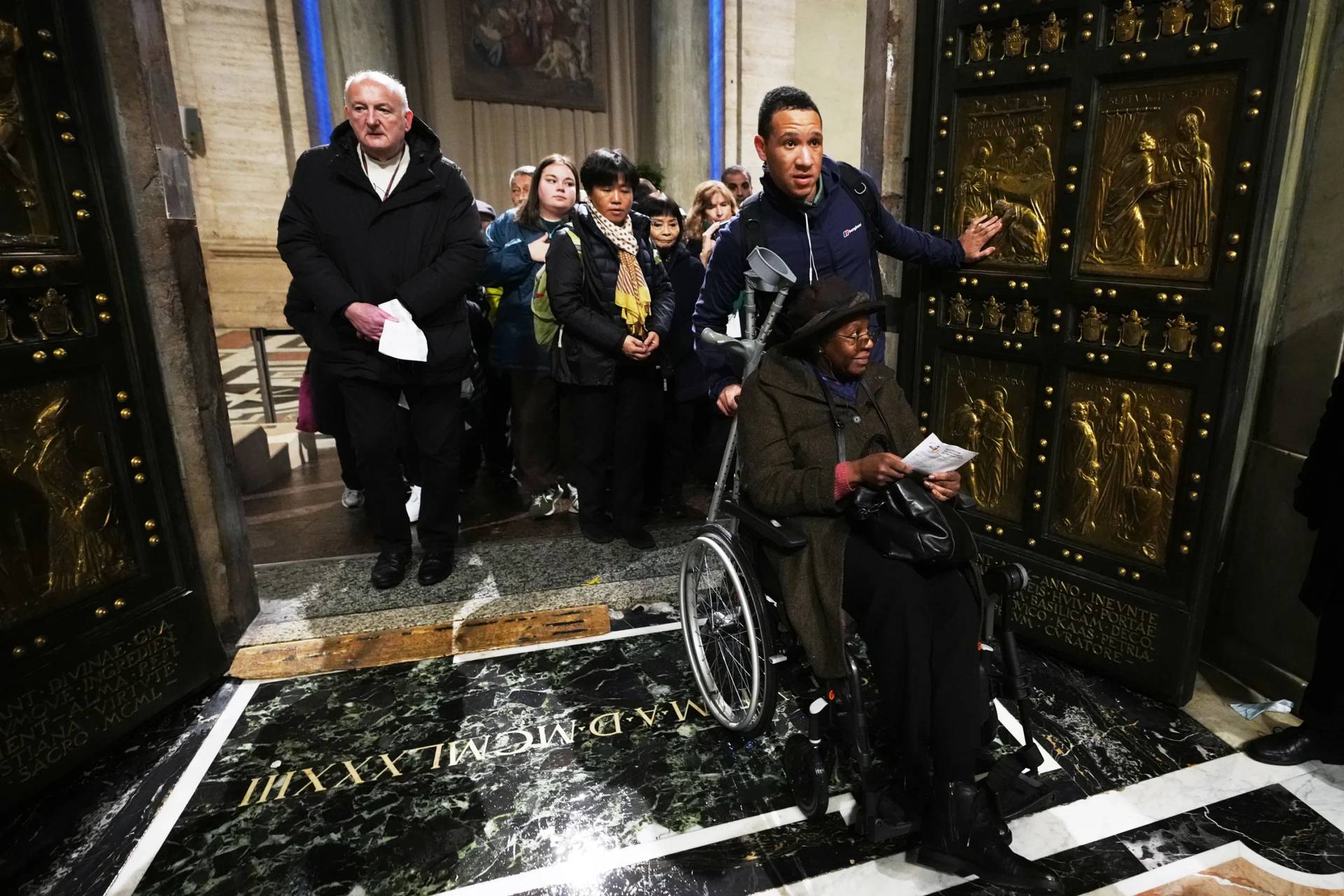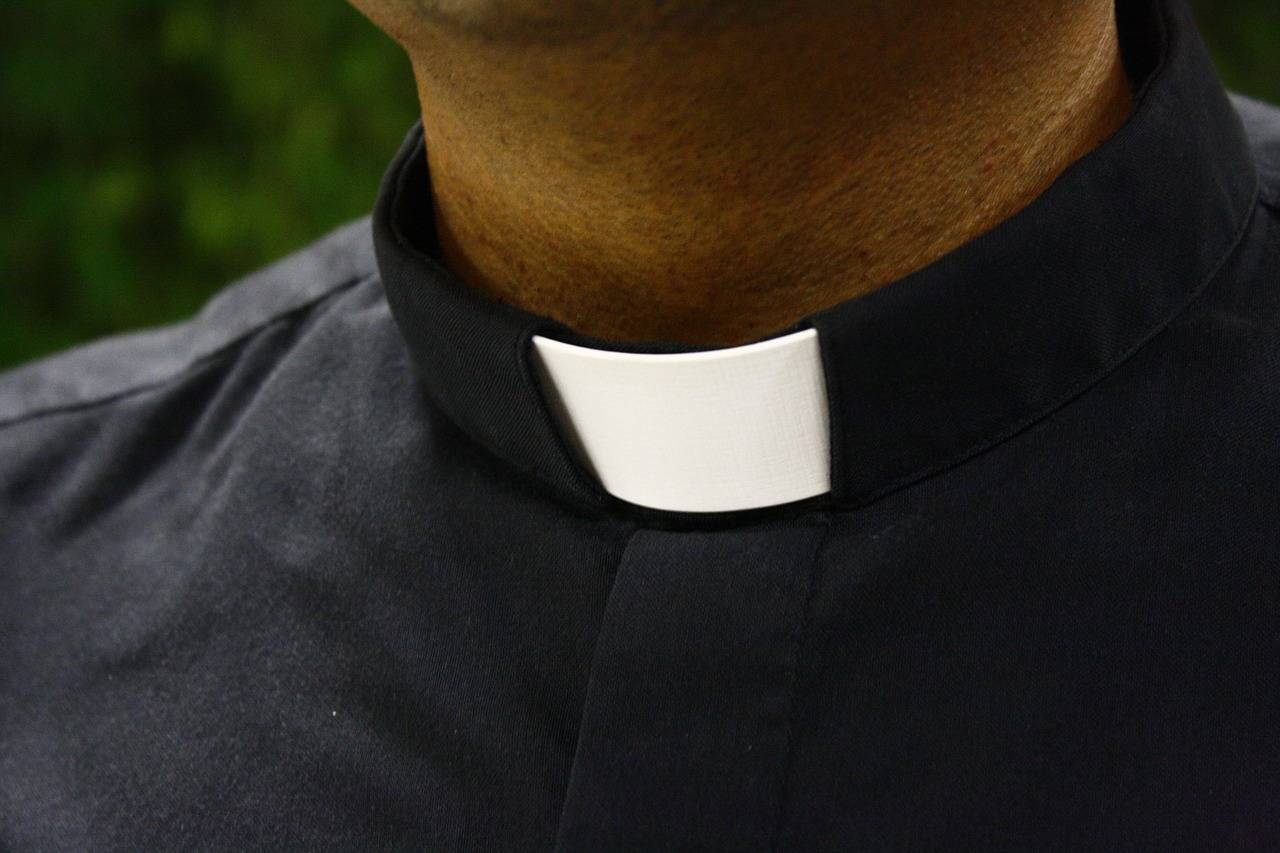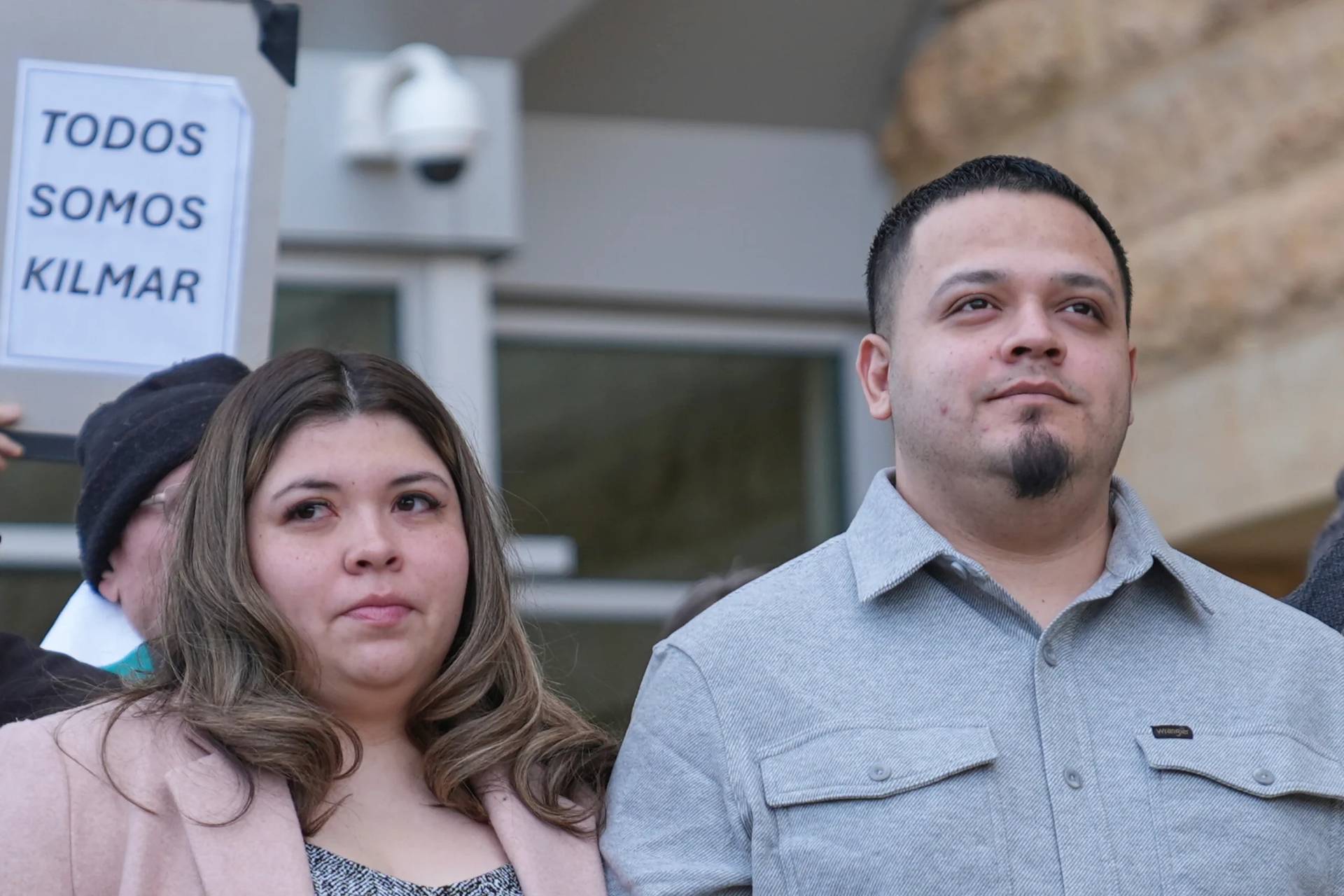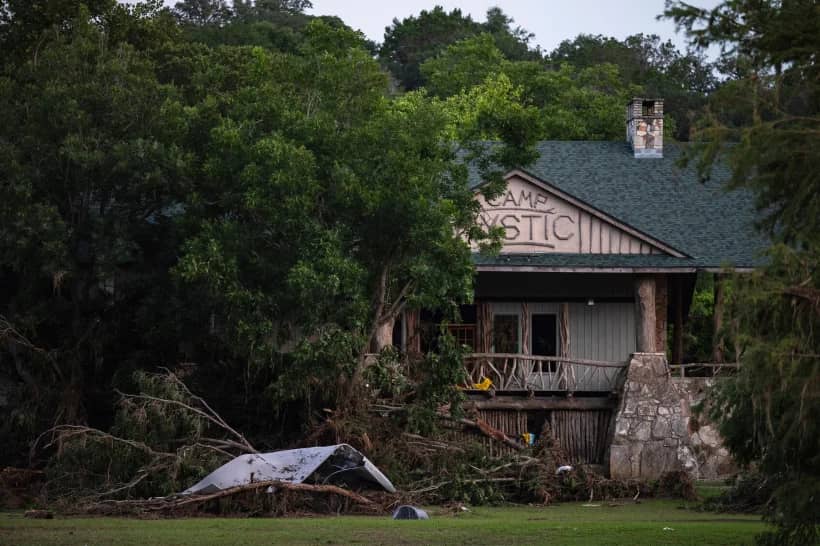FERDINAND, Indiana — There was a chill to the night air as people waited in anticipation on a hillside in front of the Sisters of St. Benedict’s Monastery Immaculate Conception in Ferdinand.
Finally, a procession of candle-bearing children pierced the dark to the strains of an Alleluia chorus and a bell choir.
The monastery doors opened. From the flood of light, the Christmas angel appeared to greet the crowd, singing, “Ye men and womenfolk who once were children too, be a child again today and do rejoice.”
It was the beginning of the annual Christkindlmarkt festival in the small, German-founded town in the Evansville Diocese.
Each year the evening event and the weekend market — comprised of 200 booths with hand-created items, antiques, art, and regional food and wine as well as entertainment — take place in mid-November and are long over before Christmas Day.
But in kicking off the Christmas season, Christkindlmarkt is a colorful reminder of the region’s strong Catholic presence, starting with the peaceful, hilltop monastery that serves as a backdrop to the festival.
Catholic sites include St. Meinrad Archabbey and seminary six miles to the south of Ferdinand in St. Meinrad, Indiana, and the Geode Grotto spanning a half-acre 13 miles to the north in Jasper, Indiana.
The town of Ferdinand was founded in 1840 by Father Joseph Kundek, a German-speaking Croatian who came to minister to the area’s German settlers.
In 1867, the local parish priest invited German-speaking nuns from St. Walburg, a Benedictine monastery in Covington, Kentucky, to teach at the parish school.
Four sisters were sent to Ferdinand. Within three years, they founded an all-girls boarding school, and one year later became independent of St. Walburg, forming Monastery Immaculate Conception.
The current quadrangle of buildings was constructed between 1883 and 1887, with other structures built in subsequent years.
The large domed chapel — which can be seen for miles — was added in 1924, featuring 47 stained-glass windows and hand-carved Stations of the Cross, all made in Munich.
The monastery also is listed on the National Register of Historic Places. Additionally, the grounds offer serene gardens, outdoor Stations of the Cross, a labyrinth, three shrines and a gift shop.
St. Meinrad Archabbey was founded in St. Meinrad in 1854 by Benedictine monks from Einsiedeln Abbey in Switzerland. Father Kundek asked them to come to help meet the pastoral needs of the German-Catholic population in the area and to form men for the priesthood.
The latter purpose continues to this day through St. Meinrad Seminary and School of Theology. There, men are formed for ordained ministry as diocesan and religious order priests who serve in central and southern Indiana and beyond.
The pastoral, manicured grounds and buildings are listed in the National Register of Historic Places as an historic district. The campus includes the archabbey church, seminary, guesthouse, library, gift shop and more.
A few miles away on property owned by St. Meinrad Archabbey is the Monte Cassino Shrine. It was erected in honor of a novena to Our Lady of Monte Cassino, who was credited with saving the village of St. Meinrad from a smallpox epidemic in 1871.
North of Monastery Immaculate Conception is the German-founded town of Jasper, which also is in the Evansville Diocese.
Approaching Jasper by car, the tower of St. Joseph Catholic Church can be seen for miles. The 141-year-old structure, which also has a place on the National Register of Historic Places, is the church for yet another Catholic community founded by Kundek.
It is usually a must-see when visiting Jasper, though the church is currently closed due to major interior renovations.
Just behind the church lies a half-acre mineral marvel known as the Geode Grotto. At first glance, geodes, abundant throughout southern Indiana, are simply dull, bumpy, round rocks. But cracked open they reveal crystal interiors shimmering in hues of white, yellow, pink and purple.
Encircling the half-acre space are geode shrines depicting the mysteries of the rosary, with a 12-foot-tall handcrafted cave as the centerpiece.
Inside the grotto are a large cave re-creating the Lourdes Marian apparition site in France, seven smaller saint shrines, flower-lined walls, two fountains, dozens of flowerpots that weigh as much as 2,500 pounds each, and plenty of places to sit, enjoy, meditate and pray.
The shrine was constructed in the 1950s by Father Philip Ottavi, a priest of the Sons of Divine Providence religious order. As a child growing up in Italy, he was trapped beneath rubble by a devastating earthquake that took more than 80,000 lives, including his parents.
He decided to take rocks, the source of so much fear and anger in his life, and turn them into a thing of beauty.
It took more than a decade of labor, but the result is stunning. All are welcome to enjoy its beauty for free at any time.
Hoefer is a staff writer at The Criterion, newspaper of the Archdiocese of Indianapolis.
















